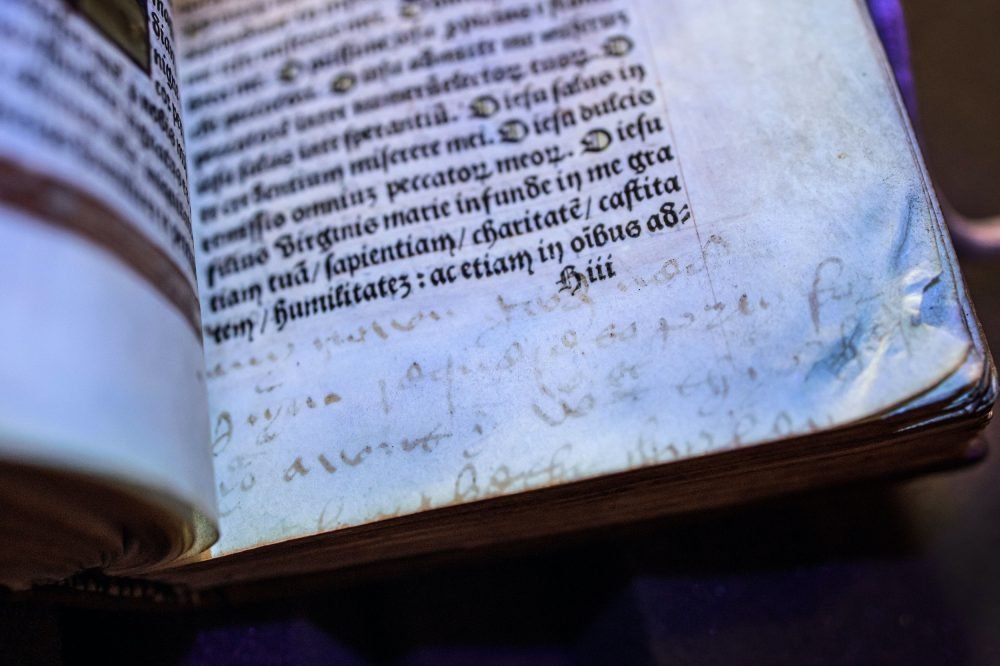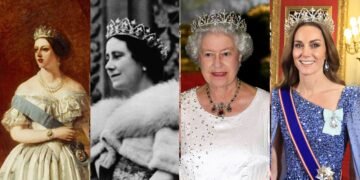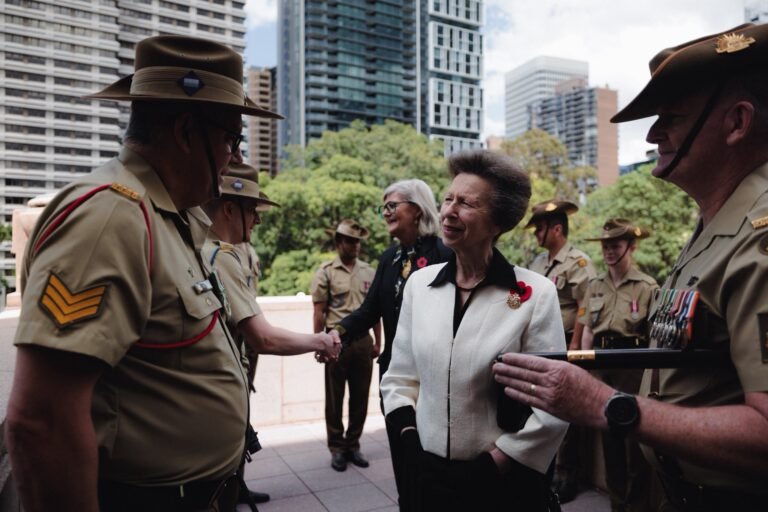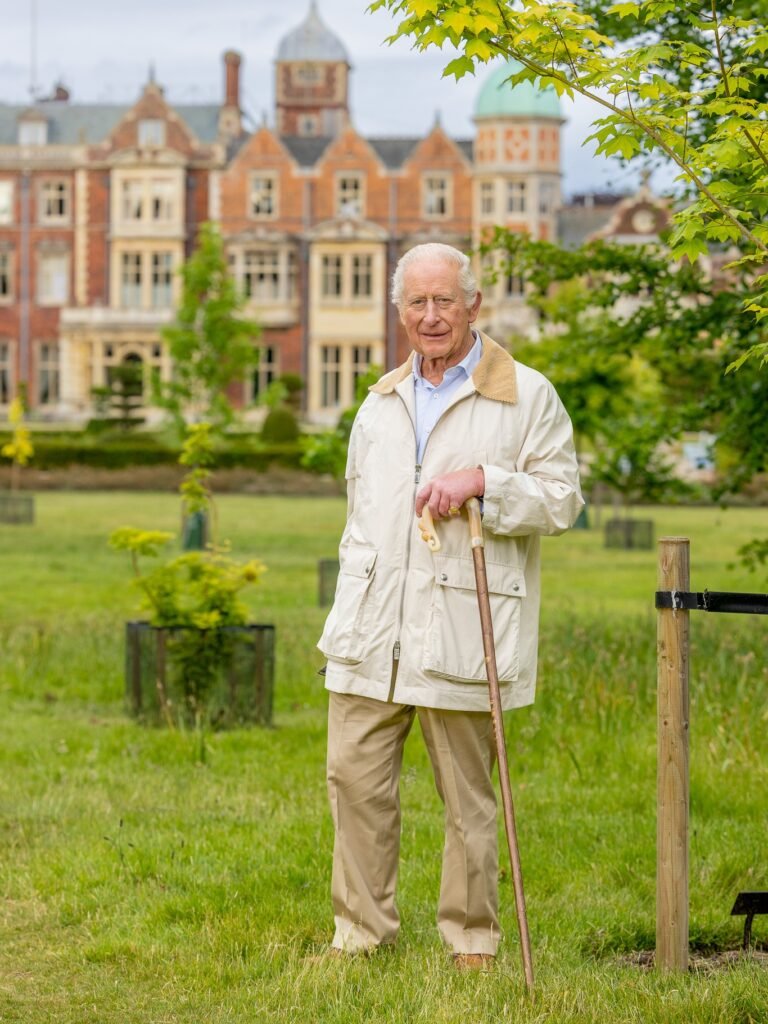A prayer book that belonged to Anne Boleyn has revealed an intriguing tale of loyalty to the Tudor Queen, long after her death.
The Book of Hours, in the care of Anne’s childhood home, Hever Castle, has shown its journey through a network of loyal kith and kin with newly-discovered inscriptions.
Former Hever Castle steward, Kate McCaffrey, spent almost a year studying two prayer books for her Masters degree dissertation, and discovered wording in one Book of Hours which had been hidden for centuries.

McCaffrey, who received a distinction for her dissertation, was given special permission to look into the books, previously thought to contain only one handwritten note – one is inscribed by Boleyn: ‘remember me when you do pray, that hope dothe led from day to day’.
But the student discovered numerous family names written in one when looking at the book under UV light, after noticing smudges on some pages that were thought to be caused by water damage.
These images were then enhanced, revealing a devotion to the memory of Anne Boleyn that spanned almost a century.
The names Cranford, Gage, West, and Shirley all show connection to the Boleyns, either as friends or as blood relatives and map out a network of confidants, who preserved Anne’s memory.

The prayer book was likely commissioned by Henry VIII for the household of his first wife, Catherine of Aragon, in the 1520s, and Anne would have received a copy because she was a lady in waiting to the Queen.
It has long been suggested, without much evidence, that Anne Boleyn took this book with her to the scaffold on the day of her execution, some 480 years ago today. She was beheaded in 1536 after being convicted of adultery and therefore treason, in a trial that involved her own uncle.
Henry VIII wanted to remove any and all trace of his disgraced Queen, including having the intertwined H and A symbols at his palaces removed.
The book, which marks important moments in the religious calendar and prayers for these occasions, was one such item that survived. Not wanting to risk the wrath of the King, the item was kept hidden and protected, in memory of the executed Queen.
After Anne’s death, the book appears to have gone to her friend and attendant, Elizabeth Hill. Kate’s research suggests that the book then passed from woman to woman until at least 1616, in the middle of James I’s reign.
These women then left their own marks in the book, which faded with time or were erased.
There was, of course, one element of Anne’s life that could never be removed: her daughter, the future Elizabeth I. Mary Hill, daughter of Boleyn’s friend Elizabeth, was a close friend of Queen Elizabeth I. It is certainly possible, and even likely, that when Mary was in possession of the book that she could show the Queen her mother’s signed inscription.
“It really comes full circle,” comments McCaffrey. “What makes the book so dangerous to preserve, its association with Anne, actually becomes the main reason for preserving it when Elizabeth I comes to the throne (in 1558) and wants her mother to be remembered.”
Elizabeth I had a ring made bearing her own image and that of her mother, who was executed when she was just two years old. It is known as the Chequers ring.
#ArtApril-Elizabeth I had her own miniature: this is the Chequers Ring, kept at the British PM's country residence. Made of Mother of Pearl, rubies, pearl & diamonds, it probably wasn't made to be worn.
The outside locket shows 'ER' – Elizabeth Regina … pic.twitter.com/djmJE2uLSb— The Crown Chronicles (@crownchronicles) April 11, 2020
Ms McCaffrey believes the erasure of the newly-discovered signatures and messages in the book likely occurred decades or centuries later, possibly in preparation for a sale of the book, since the Queen’s inscription would have been considered far more valuable.
Only a handful of Anne Boleyn’s books survive today, and only three contain her signed inscriptions. Two are at Hever, and were studied by Kate, the third is held at the British Library.
McCaffrey said: “It is clear that this book was passed between a network of trusted connections, from daughter to mother, from sister to niece.
“If the book had fallen into other hands, questions almost certainly would have been raised over the remaining presence of Anne’s signature.
“Instead, the book was passed carefully between a group of primarily women who were both entrusted to guard Anne’s note and encouraged to add their own.
“In a world with very limited opportunities for women to engage with religion and literature, the simple act of marking this Hours and keeping the secret of its most famous user, was one small way to generate a sense of community and expression.”
She added: “It was incredibly exciting and surreal to uncover these erased inscriptions, and it has been an absolute privilege to restore the names of their authors and recover their stories. What is perhaps most remarkable is that these inscriptions have been unknown and unstudied for so long.”
Such a discovery reminds of the hidden histories that are still to be uncovered, particularly in the field of women’s history, which often points to the agency of women that went under the radar.
Dr David Rundle, Kate’s supervisor ,said: “It is every graduate student’s dream to uncover previously hidden information about a well-known historical figure . Kate’s energy and enterprise have allowed her to do just that, even in the depths of the pandemic when libraries were out of all researchers’ reach. What she has discovered has potentially highly significant implications for our understanding of Anne Boleyn and her posthumous reputation.”
McCaffrey intends to continue research into the 500-year-old book to discover who owned the volume during the centuries between the Hill family and Lord Astor, who purchased Hever in 1903.









